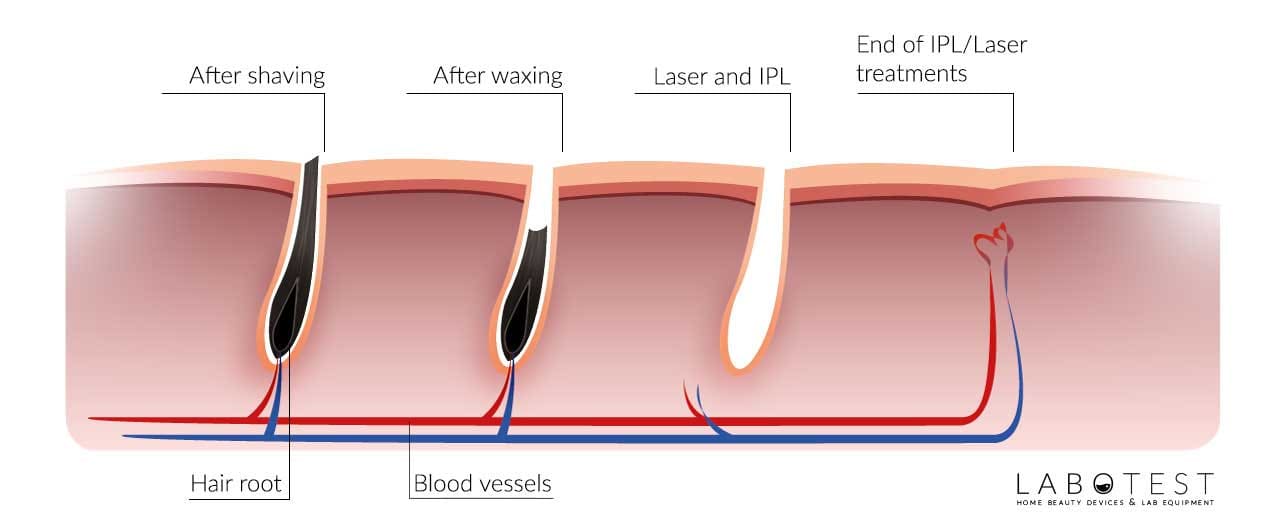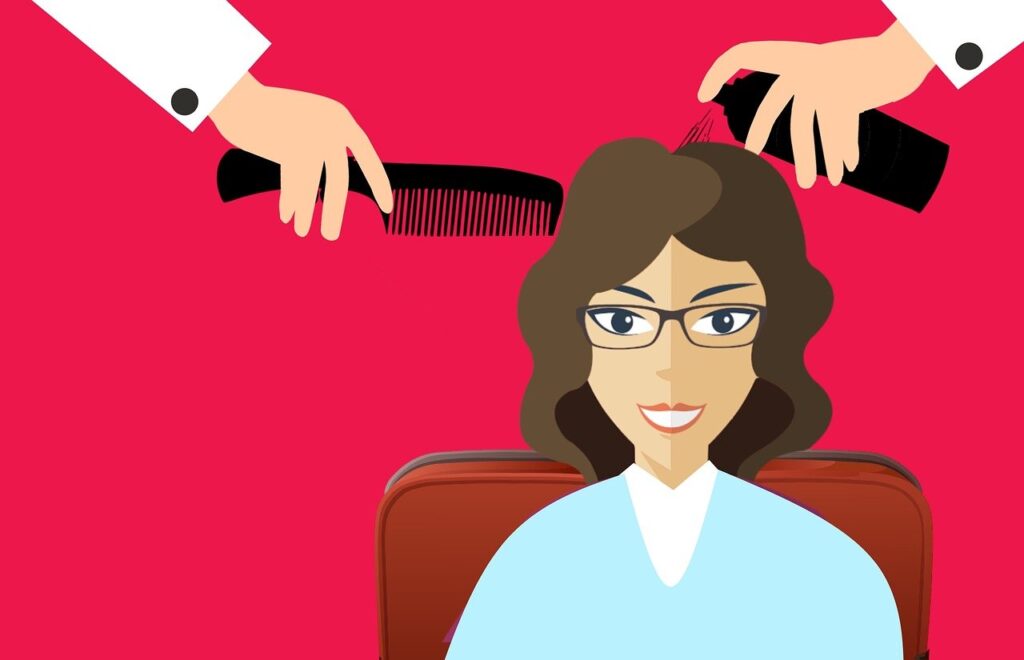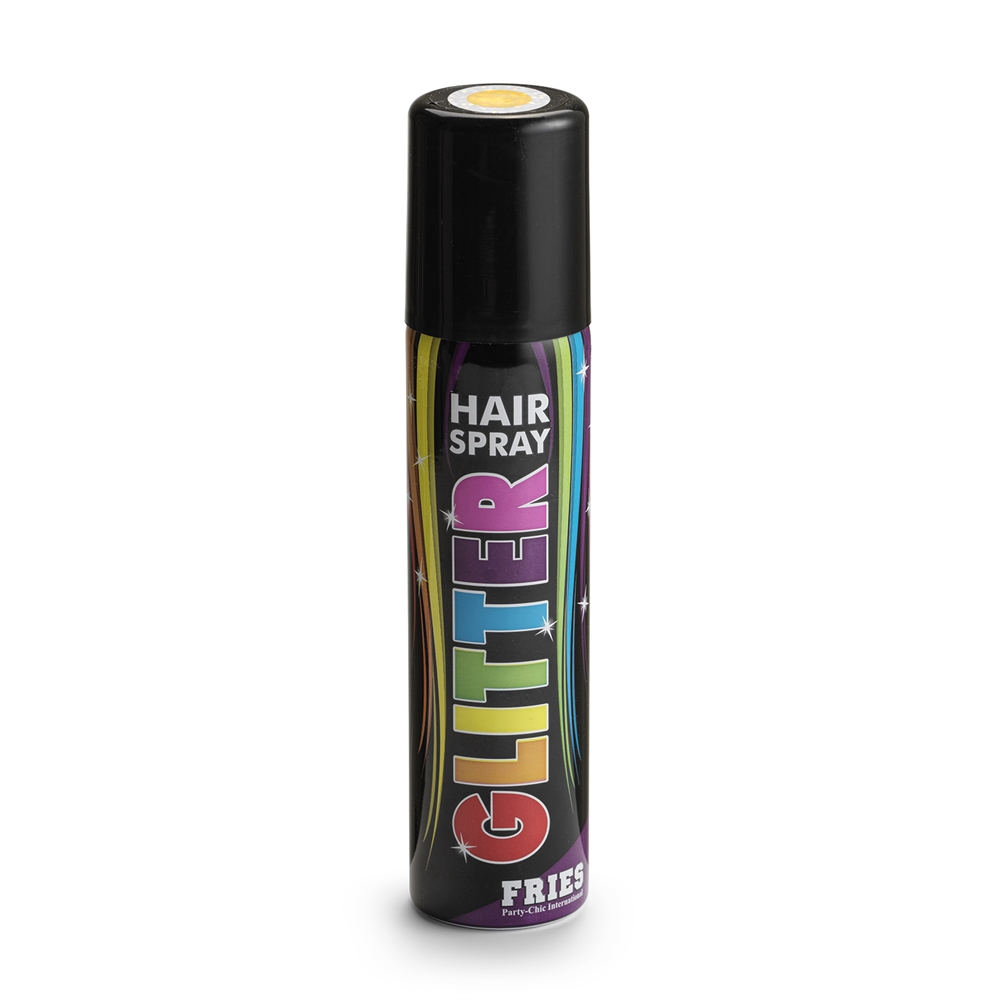Table Of Content

Nair is a brand well-known and loved for their hair removal cream that is applied and then washed off. Another reason Svidzinski recommends sugar waxes is because they’re designed to be used at room temperature so there’s no risk of a burn (more on that in a bit). Another of her top picks is the Flamingo Head-to-Toe Wax Kit, which comes with face and body wax kits, including a tube of calming serum to alleviate any potential post-pull irritation. There aren't many drawbacks to hard wax, other than a possible skin allergy. Also, for larger areas like the (legs and back), soft wax is recommended, as hard wax can break off easily. Understanding why hair removal wax can be difficult to remove is crucial in finding effective methods to remove it.
Laser Hair Removal
Use this formula anywhere on the body, including the bikini line or your face. IYKYK—Gigi’s hair removal wax is simple to use, thanks to a strip-free formula. Microwave the container with a heat safe plate in 15 second increments, until you get a caramel-like consistency. Paste on the wax with an applicator and wait another 10 to 15 seconds until you remove the hard wax in one, smooth motion while holding the skin.
The 17 Best At-Home Waxing Kits of 2024 - InStyle
The 17 Best At-Home Waxing Kits of 2024.
Posted: Fri, 15 Mar 2024 07:00:00 GMT [source]
Athena Club Wax Strip Kit for Body
To wax at home, you may want to purchase a wax warmer, wax collars, waxing strips, and wax applicators. Lastly, Henry reminds us to be conscious of the temperature of the wax we use. “When heating up the wax, make sure it is warm and not too hot so you don’t burn your skin,” she emphasizes. While being mindful of the kit you use and considerate of your skin’s sensitivities can lead to better waxing results, there are other safety precautions to ponder (as obvious as they may seem). If you opt for an at-home hard wax kit, your best bet is to follow the included instructions. If you misplace them, though, Farhang says to follow the steps below.
Best At-Home Waxing Kits for Long-Lasting Smooth Skin
"Unless you are an experienced at-home waxer, I am always very cautious to recommend [melted waxing]," board-certified dermatologist Chris G. Adigun previously told Allure. Besides shaving with a razor or tweezing, using one of the best waxing strips is the safest, surest bet to removing body hair at home. Wax strips take the temperature guesswork and area imprecision of gooey liquid waxing out of the equation by offering pre-sized, ready-to-rip pieces.
Although it's not required, it's recommended that wax strips be slightly ‘heated’ up a bit by rubbing them between your palms, which allows them to stick more to the hair. This step may also be necessary for separating the wax strips from one another. Cold, soft wax can typically be purchased in a jar or in a pre-made waxing strip. For the ones that come in a jar or pot, all you need is a craft stick to scoop it out and apply it directly on the skin. As soon as you’ve finished waxing, either use a post-wax cloth or some baby oil on a pad to remove any dry wax from your skin.
Ingrown Hairs After Waxing Are Annoying but Preventable - InStyle
Ingrown Hairs After Waxing Are Annoying but Preventable.
Posted: Thu, 01 Feb 2024 08:00:00 GMT [source]
Soft wax is the kind that requires muslin strips for the wax to be pulled. Hard wax is pliable when you apply it, but it hardens as it cools so that you can pull the wax off directly. Grime increases your chance of incurring infected bumps, and oily skin and hair can prevent wax from sticking. As long as you follow these steps, you should be able to safely remove your hair and enjoy the results for weeks. But all waxing endeavors require safety precautions to avoid injury or infection.
Fruit wax, derived from fruits like berries or citrus fruits, is gaining popularity as a natural and gentle alternative for hair removal. It’s formulated with fruit extracts and natural sugars, making it suitable for sensitive skin. Fruit wax adheres to the hair rather than the skin, reducing the risk of irritation. Wax Off ($8) for example, is made for gently removing waxing product from the skin with the help of aloe vera. There are also products like Gigi Sure Clean ($17) which is made for cleaning up the pot and drips on clothes, countertops, carpets, and floors.
Hair Cream
Applying oil and lotion locks in the moisture and promotes water retention on the skin to help your skin barrier heal. This organic hair removal wax promises a pain-free process, due to their glazing formula that allows for gentler hair removal. I love that it's infused with chamomile and tea tree oil, leaving even the most delicate areas smooth and irritation-free—you can even use it on your face. While it’s best to wait a day before exfoliating, continued exfoliation between waxings can help prevent ingrown hairs and keep the skin smooth. In many cases, waxing also removes the top layer of dry, dead skin cells.

It's extremely gentle—compared to other waxes—so it's ideal for sensitive and reactive skin. Sugar wax works a lot like hard wax by the way it grabs hairs without sticking to the skin. This type of formula will allow multiple passes in one area without the irritation a soft wax would cause.

You might have to try more than one to find the hair removal method that works best for you. Laser hair removal is used to permanently remove or reduce hair. It takes two to six treatments, spread out between four to six weeks, to be fully effective. You’d think that using cold water would help the wax in your hair stay solid, and therefore, be easier to remove. Unfortunately, that’s not the case; like dishwashing soap, shampoo will also just dry out your hair, and therefore damage your scalp, too.
Each method has its pros and cons, but the best advice is to consult with a dermatologist. Following laser hair removal treatment, your skin will be more sensitive to light (photosensitive). Avoid exposing treated skin to direct sunlight, tanning beds, sun lamp, or any other indoor tanning equipment. Wax is a malleable, lipophilic organic compound; in layman’s terms, it’s a soft, water-resistant, and naturally-occuring substance. Most waxes start melting above 104 °F, which is when they turn into liquids with low viscosity. Both plants and animals produce different kinds of wax, and you’ll find them in more everyday products than you had ever imagined.
Choosing the right wax for proper hair removal is essential for achieving smooth, hair-free skin with minimal discomfort or irritation. Consider your hair type, skin sensitivity, and personal preferences to select the waxing method that best suits your needs, ensuring a successful and satisfying hair removal experience. Determining the “best” waxing method for hair removal depends on individual preferences, hair type, and skin sensitivity. However, some popular options include soft wax, hard wax, and sugaring.
Tired of shelling out an arm and a leg for monthly in-salon wax appointments? There’s always the option to take matters into your own hands and do the hair-removing ritual at home. While it might be a bit of a learning curve, at-home waxing costs a fraction of the price and offers more flexibility since it doesn’t require a set date and time.
Some methods may be easier for you than others but there are a number of at-home and professional options you can try if removal is your choice. Waxing is typically safe to do at home, but it’s best to get it done by a professional. Waxing can also be unbearably painful or cause irritation and infections if you have sensitive skin. There are many options for hair removal, such as waxing, shaving, and electrolysis, and there are pros and cons to each approach.















